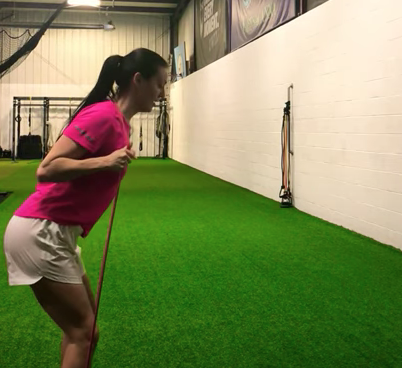
12 May Technique Tuesday: Hip Hinge for Youth Athletes
I’m back in my gym and ready to crush some deadlifts.
But since I’ve been out of the workout grind for a few months due to quarantine, I need to go back to basics.
Before I get into the Hip Hinge movement pattern for young athletes and why it’s so magical, let me explain what’s been going on the past few months.
First and foremost, we’ve been on lockdown in the state of Maryland.
My own workouts have not been a priority.
I need to cut my hair.
I am working 12-hour days.
I started writing a fiction novel.
What day is it again?

Working from home during a crisis hasn’t been all rainbows, butterflies, Netflix and chill, all while getting in the best shape of my life.
In fact, far, far from it.
Truthfully, as much as I love chasing strength, I had to take some time to adapt to the quarantine, ensure my loved ones were okay, and transition my athletes to fully online.
Thankfully, I had systems in place to do so smoothly, and from the comfort of my bedroom.
Not going to lie, I’m having fun with 100% virtual coaching, and embracing that this is just the way it is now. Plus, my cat is so happy I’m home.

Even before this whole thing-a-ma-gig went down, I’ve been working with a handful of female athletes online from out of state, so it’s been wonderful to bring everyone together – both my in person and online clients.
Truthfully, it’s been a blast and we’ve all been adapting like queens, while still getting in our change of direction work with efficient, clean mechanics.
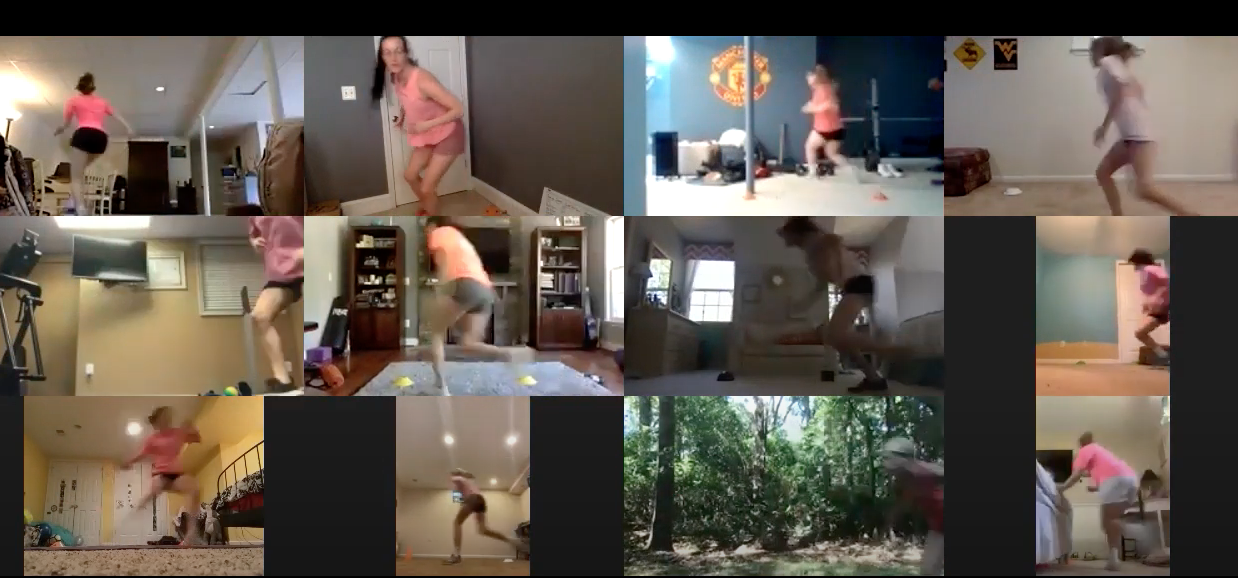
Now that I’ve established a routine, and I’m not waking up wondering ‘where do I even begin today?’, or worried that the zombies are coming, it’s time to get back into my own personal workouts.
But instead of getting under the iron, deadlifting twice my bodyweight, while listening to Drake on blast, I had to groove back into the one movement pattern that is the foundation of deadlifting, cutting, and changing direction: the Hip Hinge.
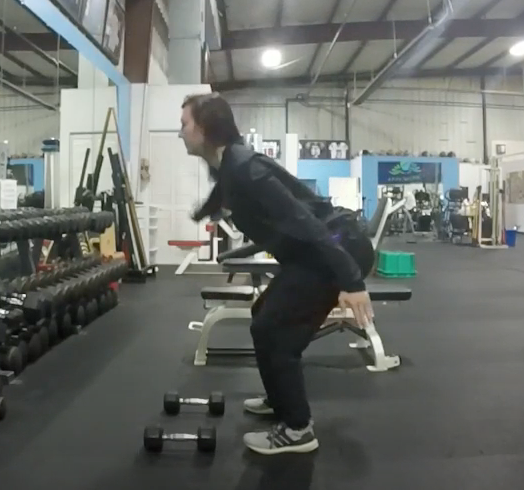
Even for an advanced lifter like myself, I wanted to be diligent in my approach back into training.
The last thing I wanted to do was to overload my nervous system and load the hip hinge too much after months off. I want to spare my low back, focus on core stability, and hip mobility.
With that said, it bodes well to reinforce movement patterns like this year-round.
Especially for young athletes who go through motor skill learning at its apex during pre-adolescence, starting with the Hip Hinge, whether it’s bodyweight or lightly loaded is best.
In a review of academic literature on youth weight lifting, regardless of the skill of the individual, as a youth, the focus should be placed on learning the correct exercise technique and safe training procedures instead of the amount of resistance or weight lifted. An appropriately prescribed program should incorporate a suitable warmup and cool down, emphasis on correct technique, then gradual training progression (Woods 2019).
The mastery of fine motor skills, to that end, sets young athletes up for improved performance during adolescence and into adulthood. Share on XFor those of you working through the Total Youth Soccer Fitness 365 Program and looking to gradually progress to heavier strength training as far as deadlifts, this tutorial will be helpful.
And for those of you who are curious where to begin as far as training young athletes proper stance for cutting, change of direction, and eventually loading with heavy deadlifts as they reach adolescence, this is also for you.
I am so incredibly happy and grateful to help everyone, and will be continuing these tutorials every Tuesday.
Here is this week’s Technique Tuesday Tutorial: The Hip Hinge
DID YOU ENJOY THIS BLOG?
For more detailed programming, sets and reps, exercise order, progressions and work-to-rest times on speed, strength, agility and conditioning, get the Total Youth Soccer Fitness 365 Program HERE.
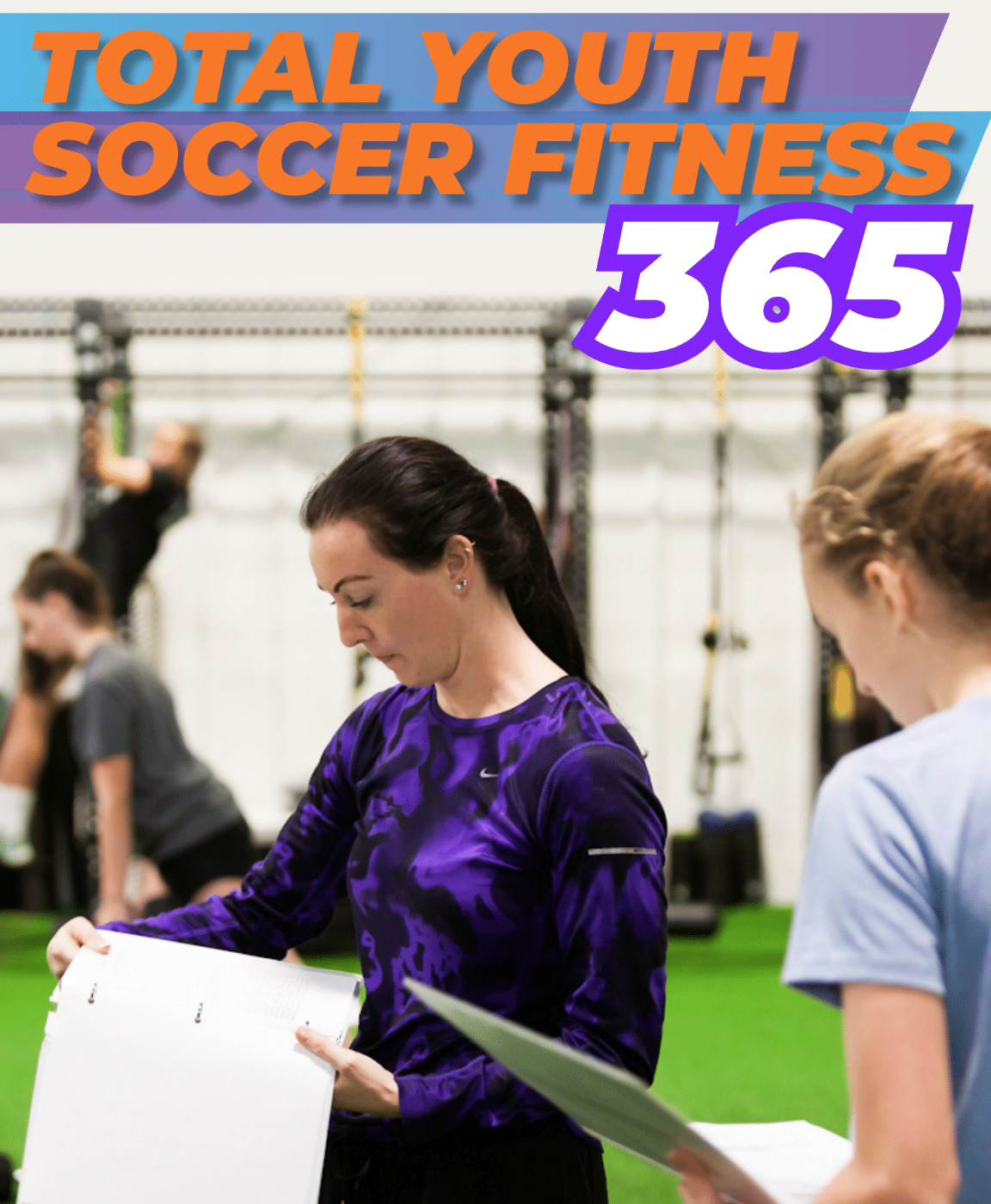
REFERENCES
Youth Weightlifting – A review on the risks, benefits, and long-term athlete development associated with weightlifting amongst youth athletes. Journal of Australian Strength & Conditioning. 27(03):53-68, 2019
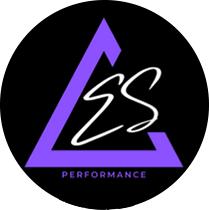

No Comments